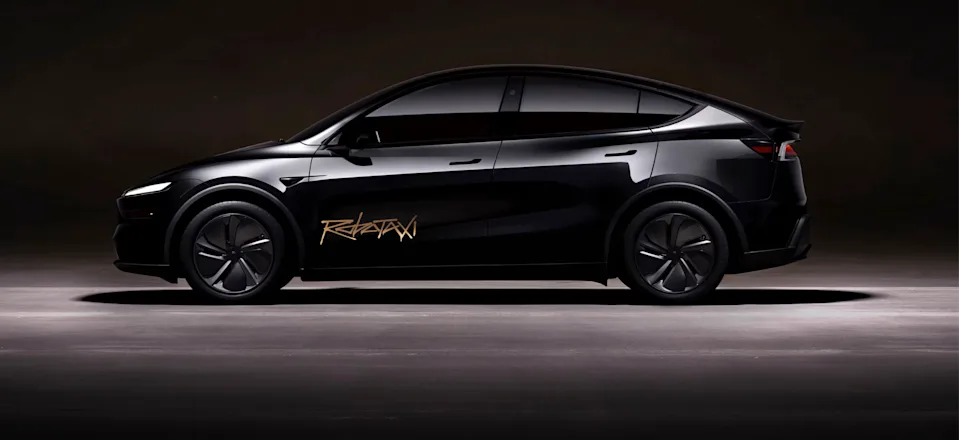What just happened? Tesla's long-awaited robotaxi service finally launched yesterday (June 23) in Austin, Texas. So far, it has been limited to invited participants and not the general public, and passengers aren't alone in the vehicles; Tesla's "safety monitors" sit in the front passenger seat ready to take over if something goes wrong – despite Elon Musk promising the service would launch unsupervised.
Musk's "tentatively, June 22" response early this month to an X user's question about when Tesla Robotaxi service would begin proved accurate.
The rides started yesterday, limited to a geofenced section of Austin, avoiding the likes of highways and complex intersections. The fleet of ten to twenty modified Model Y vehicles currently operate between 6 am to 12 am in the area, and there's a warning that they may not be available in inclement weather.
EXCLUSIVE: First Tesla Robotaxi Rides Ever! https://t.co/13ldQtIn07
– Herbert Ong (@herbertong) June 22, 2025
The service is limited to invitees made up of Tesla influencers and fans; they can bring a guest who is over 18. The videos they've been posting show the safety monitors in the passenger seat, a contrast to Musk's previous promise that the taxis would launch "unsupervised, no one in the car." The CEO has admitted that Tesla is being "super paranoid about safety," in Texas, where a new law that requires state permits for self-driving vehicles comes into effect on September 1. It's unclear if or when Tesla will stop using the monitors.
Getting dropped off in the RoboTaxi!
– Zack (@BLKMDL3) June 22, 2025
Incredible first ride @Tesla_AI pic.twitter.com/AMxUBOxDJw
Musk said that initial Robotaxi customers would pay a flat fee of $4.20, a weed culture reference that he's fond of using.
The taxis use Tesla's Full Self-Driving (FSD) system and eight cameras. The company claims the technology allows self-driving to be deployed anywhere it's approved, and does not require expensive, specialized equipment or extensive mapping of service areas.
The best tech feels like magic because it's so normal you don't even notice it… until you do.
– DJ Seo (@djseo) June 23, 2025
Took a ride in a Tesla Robotaxi today.
In this clip, it pulls aside on a narrow street with construction, making room for an oncoming car that illegally turns into our lane.
The… pic.twitter.com/UZ9S13xGDO
Reviews so far have been positive – that's to be expected, given the allegiances of those invited . The biggest complaint seems to be trying to find the pickup locations of the waiting Robotaxis. However, a 12-second clip of a journey by podcaster Rob Maurer seems to show the taxi repeatedly trying to swerve into the wrong lane.
Oh nooooo
– TexasTSLA (@TexasTSLA) June 23, 2025
Uh oh this is gonna go viral 😭
🙈🙊 https://t.co/NMbVt2GAMt pic.twitter.com/YdrGBTJ6FM
The safety monitors ask riders to show their robotaxi apps, which are said to be "basically Uber," to prove their identities once they get in the vehicles. The monitors are then silent for the rest of the journey.
Rides are initiated by customers via the rear screen or the app. These Tesla users can see their preferred music apps on the rear screen, complete with playlists and saved tracks. There are also remote operators who can be contacted about any issues via a support button.
🚨BREAKING: Dan Ives says Tesla's biggest growth chapter starts Sunday with Robotaxis
– Muskonomy (@muskonomy) June 21, 2025
He calls it a $1 trillion opportunity pic.twitter.com/FMhFx7mqeT
Tesla is entering a competitive market. Waymo has over 1,500 driverless vehicles in several states and plans to increase both its vehicle count and number of locations in the future. Musk has claimed that Tesla will have over a thousand driverless vehicles on the road "within a few months."
